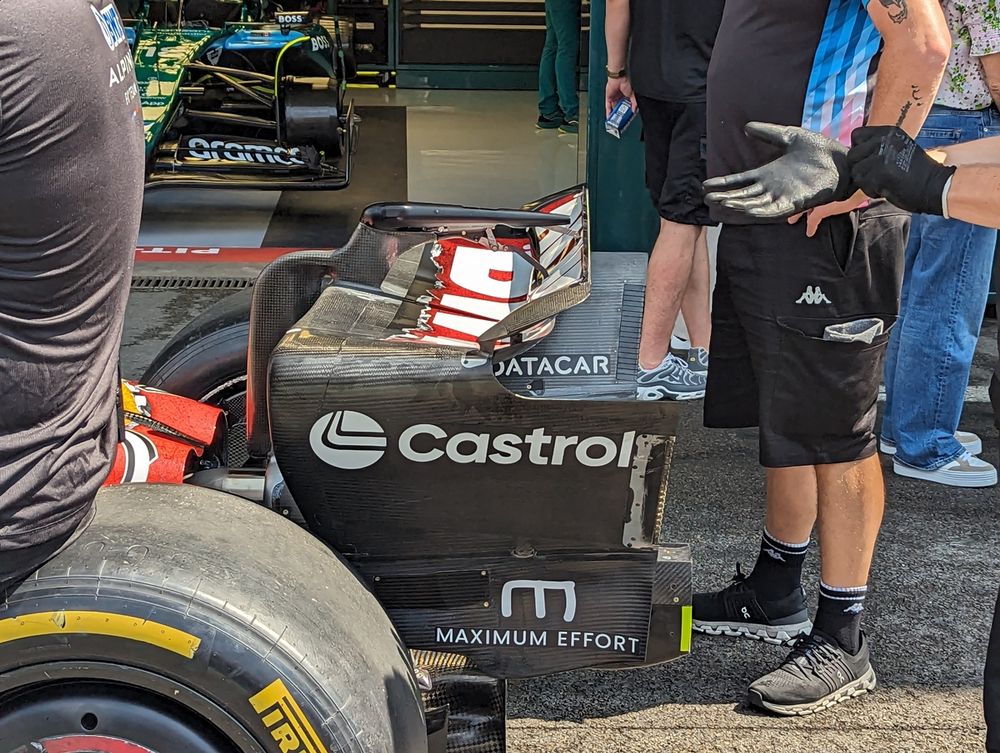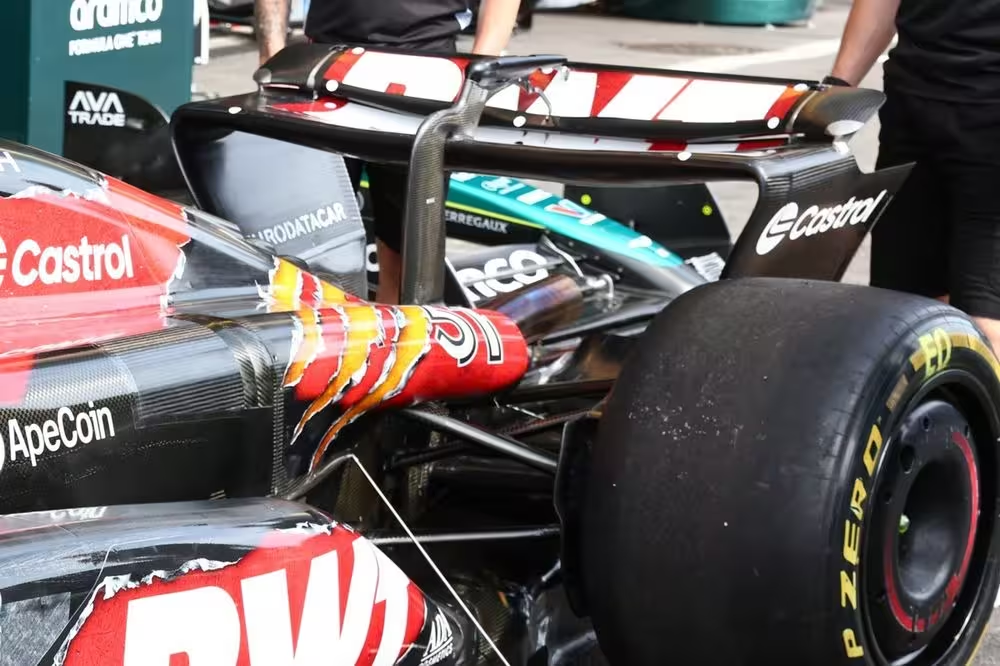The major changes Alpine is going through off track have been mirrored with some extensive revisions on it, as some big updates appeared on its Formula 1 car in Belgium.
The new development package starts with the front wing, as the designers have rebalanced the flap profiles to improve the range that the team has at its disposal for the lower downforce venues.
This obviously needs to be matched at the rear of the car too, with it introducing a three-pronged attack here. It has brought a new beam wing, rear wing and rear brake duct arrangement on the A524.

The mainplane and upper flap section of the rear wing take up much less space within the allowable box region.
There is also a much flatter than normal leading edge to the mainplane, indicating how much downforce it is trading to also reduce drag compared to when it runs much more of a spoon-shaped design.
Alpine has also retained the cricket bat-shaped upper flap, with a much thicker profile across the entire span of the element than most. It also tapers inward in the central section to accommodate the DRS actuator and mechanism.
Notably, the convex shape applied towards the outer section of the flap is carried across to the tip section too, with a deeply rounded profile present on the upper and lower tips.
A new, single-element beam wing has also been fitted to the car, with the outermost tip section of the arrangement trimmed to help further reduce downforce and drag.
Meanwhile, the upwashing swage line on the lower outer face of the rear wing endplate has been deleted, along with the rear brake duct having been redesigned. This has been done for the flow structures in that region to all work more harmoniously, given the other changes.

Alpine A524 engine cover comparison
Photo by: Uncredited
There are also changes to the sidepod and engine cover bodywork, as the team looks to improve both the aerodynamic and cooling efficiency of the A524. The team highlighted a note in the car presentation documents about the internal channelling of airflow to achieve these objectives.
The changes are most obvious when viewing the car from behind, with the rear cooling outlet now much more tightly pulled into the centreline.
This reduces the width of the bodywork, while raising the outlet away from the coke bottle region, which should help free up some space for the airflow being fed into that passage.
Close examination also shows that the tapering of the bodywork…
Click Here to Read the Full Original Article at Autosport.com – Formula 1 – Stories…

